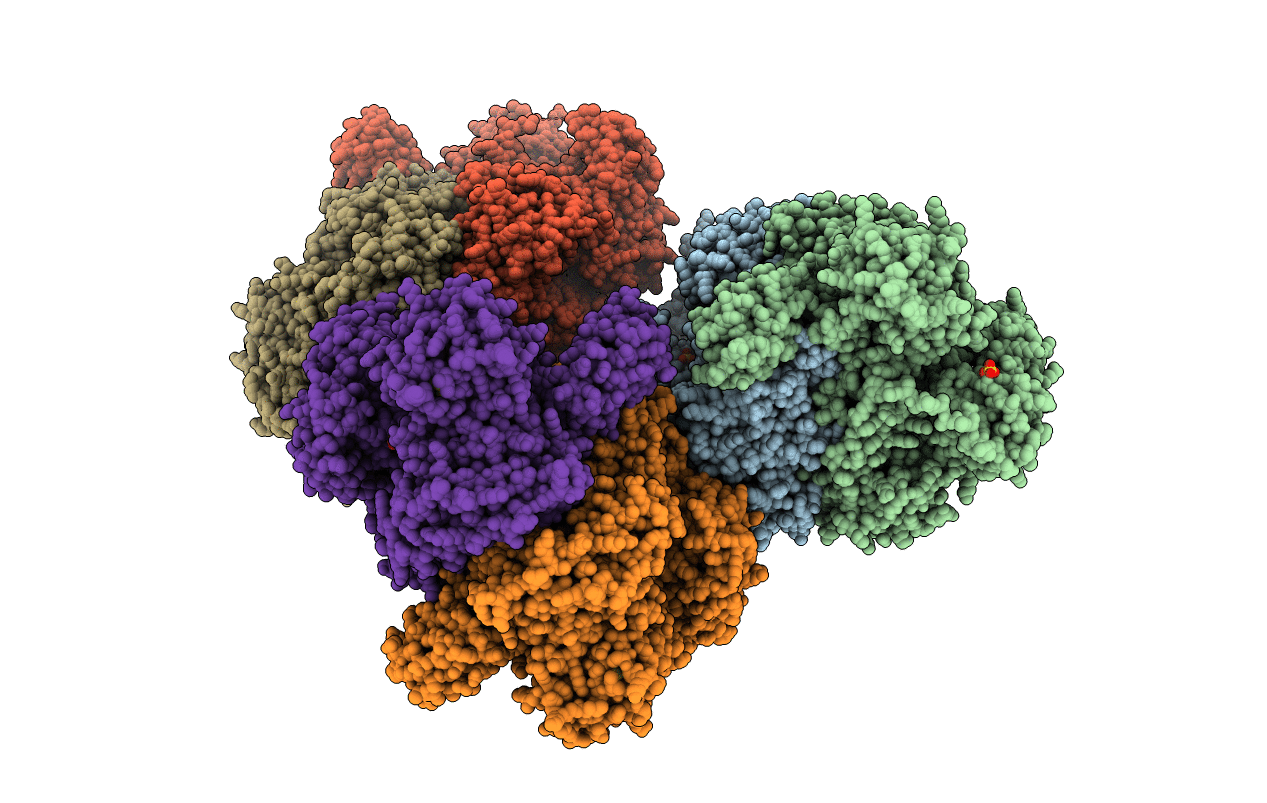
Deposition Date
2018-02-24
Release Date
2018-03-28
Last Version Date
2023-10-04
Entry Detail
PDB ID:
6CIO
Keywords:
Title:
Pyruvate:ferredoxin oxidoreductase from Moorella thermoacetica with lactyl-TPP bound
Biological Source:
Source Organism:
Host Organism:
Method Details:
Experimental Method:
Resolution:
3.00 Å
R-Value Free:
0.24
R-Value Work:
0.20
R-Value Observed:
0.20
Space Group:
C 1 2 1


